The Stelvio Pass is 200 Years Old

Photo Samuele Bertoli / Unsplash
Two centuries ago possibly the most famous mountain pass… in the world was completed.
Today the Stelvio Pass is best known as a drivers’ and riders’ playground, but it was built, like many other famous roads, for military means. The Habsburgs of Lombardy had faired badly against Napoleon, and the only way to defend against future incursions was to better connect the region with the rest of the Austrian Empire.
So, in 1818 Austrian Emperor Francis I ordered the building of a road over the mountains. It had actually been planned ten years previously, when engineer Carlo Donegani envisioned a 3.5-metre wide track that would climb at a gradient of around 15 per cent. However, by the time construction was due to begin the heavy horse-drawn artillery wouldn’t have been able to make it up, so a different approach was taken. The road itself was built wider, at 5.5 metres and less steep, at no more than ten per cent gradient.
There were also fewer switchbacks. Donegani had planned for 61 hairpins on the Tyrol side of the pass but the final construction made do with 48 – each one of these tornanti, famously numbered. A further 22 hairpins see you over the other side.
Construction began in 1820 and was completed five years later thanks to more than 1,500 people toiling away on the hillside, and at a cost of 419,658 Austro-Hungarian guldens. The Stelvio Pass was originally planned to provide year-round access, but there was insufficient material to build sufficient protection from rock falls and avalanches. As a result it is typically closed for around six months of the year from November to May.
The first motorists arrived in 1898 and by the 1920s it was an occasional race track, with legends such as Hans Stuck and Tazio Nuvolari competing for the fastest time up its steep slopes, and today it remains a right of passage for petrolheads and pedalists from all over the world.
If you fancy a taking on the Stelvio yourself then check out our guide.
A Honda S2000 is an unlikely car for an overland adventure, but one owner just drove his all the way from Spain to Japan.
According to a survey of 2,000 drivers, the road from Kendal to Keswick in the Lake District is Britain’s best drive.
A convoy of Porsches has completed a marathon drive across China from Shanghai to the Nepalese border.
For car enthusiasts there’s an unwritten rule when entering a tunnel. You drop your windows and drop down a gear to hear the engine echo off the walls.
Honda has launched an interactive Dream Drives map to guide car fans along 120 of Europe’s most exciting roads.
Phil and Will Churchill, the father and son team attempting to drive around the world in their Aston Martin V8 Vantage, have just completed the American leg of their marathon.
The Czech Republic is set to become one of the fastest countries in Europe as it introduces a new 150km/h (93mph) speed limit.
Bugatti owner Fritz Burkhard drove his $30 million 1937 Type 57 Atalante across America, making it the most valuable one-car Detour we’ve ever seen.
The soon-to-open Huajiang Canyon Bridge in China is a towering feat of engineering that is set to slash journey times and attract tourists.
Mercedes-Benz promises a “stylish journey through time” with a range of European driving tours.
Want to add a little octane to your next holiday? If you’re headed to Japan or the USA then you’re in luck thanks to the hotels that are pairing a stay with a drive or ride.
Tesla has opened a retro-futuristic diner in Hollywood, California, where drivers can fill up on burgers and fries while their cars guzzle electrons.
Two-time Dakar rally winner Sam Sunderland is planning to set a new world record for circumnavigating the world on a motorcycle.
Take to the road and enjoy a freedom you’ll never experience by plane or train, says Detour’s founder Nik Berg.
A luxurious Lucid Air Grand Touring has taken the Guinness World Record for the longest journey by an electric car on a single charge.
A classic Audi Sport Quattro has become the first car to climb Switzerland’s fabulous Furka Pass using a sustainable fuel made with sunlight.
The Grossglockner High Alpine Road is one of Detour’s favourite drives, and now it appears that Porsche is a big fan as well.
The Camel Trophy was one of the world’s toughest automotive adventures that saw teams from across the globe compete in Land Rovers over gruelling terrain and, in 2026, it’ll be back.
We hoped it would happen and now the amazing all-terrain tour bus from Mount Etna is going camping.
Thousands of road trip enthusiasts are driving the same ‘car’ across the continental United States on an epic user-generated internet Detour.
Some countries are actually increasing the speed limits on their roads, with Spain trialling a 93mph limit and more US states hiking the maximum velocity to 80mph.
A dozen Mazda CX-30s have completed a 1,300-mile on the frozen roads of Sweden, Finland and Norway using Sustain biofuel.
You could soon live out your overland fantasies from home with new 4×4 video game Over the Hill.
Twenty years after circumnavigating the planet on two wheels for The Long Way Round Ewen McGregor and Charley Boorman are back on their bikes for another adventure.
A wild, three-wheeled eco-mobile has just been put to the test on a 300-mile drive along America’s most famous road.
David Ward is a Detourist with a difference. Where others might opt for a rugged overlander or comfortable Grand Tourer for their road trip adventures, Ward favours the tiny Smart car.
An American teacher who bought a VW Golf Cabriolet in Europe nearly 40 years ago has finally headed home with her pride and joy.
In an incredible feat of engineering, Denmark and Germany will soon be linked by a massive road and rail tunnel, cutting journey times across northern Europe.

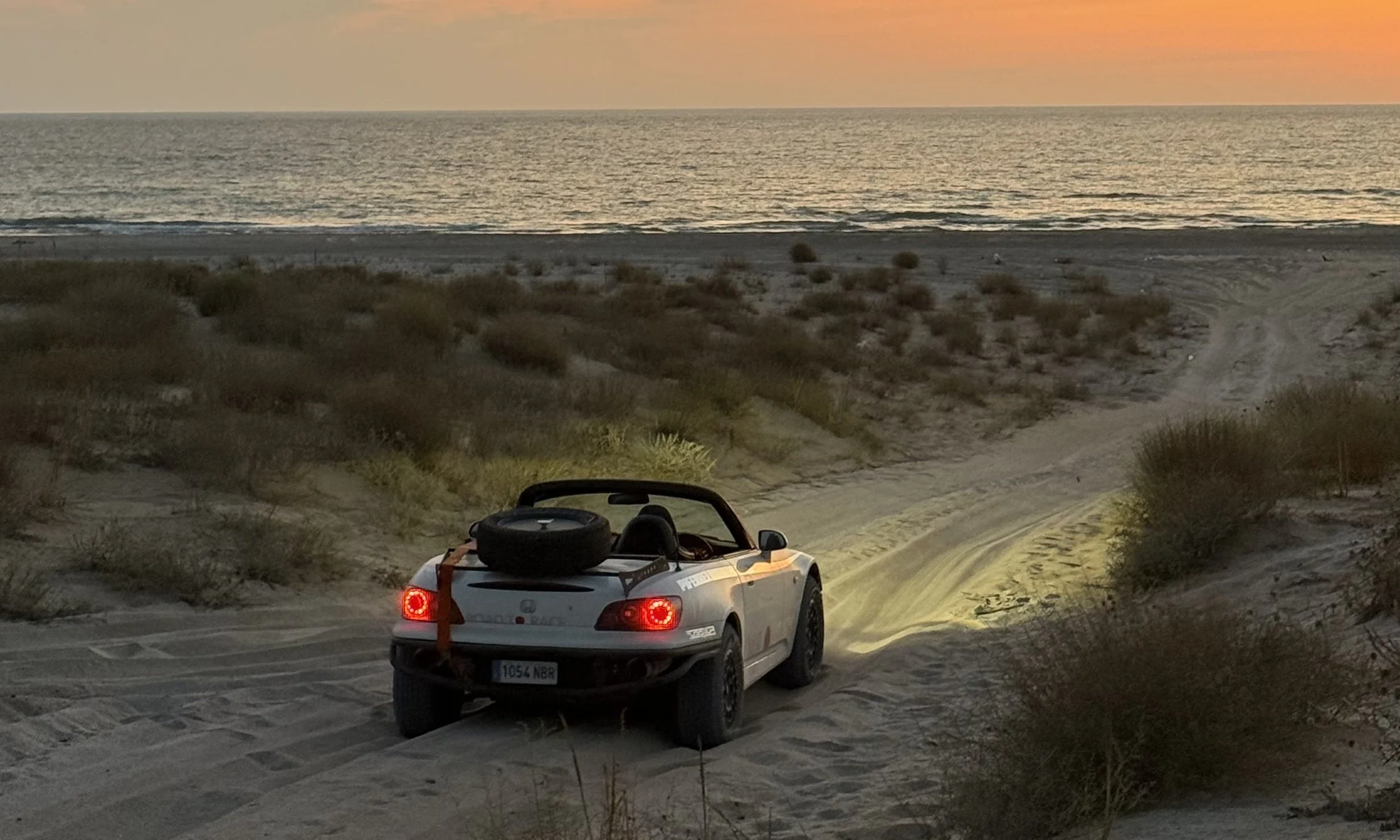
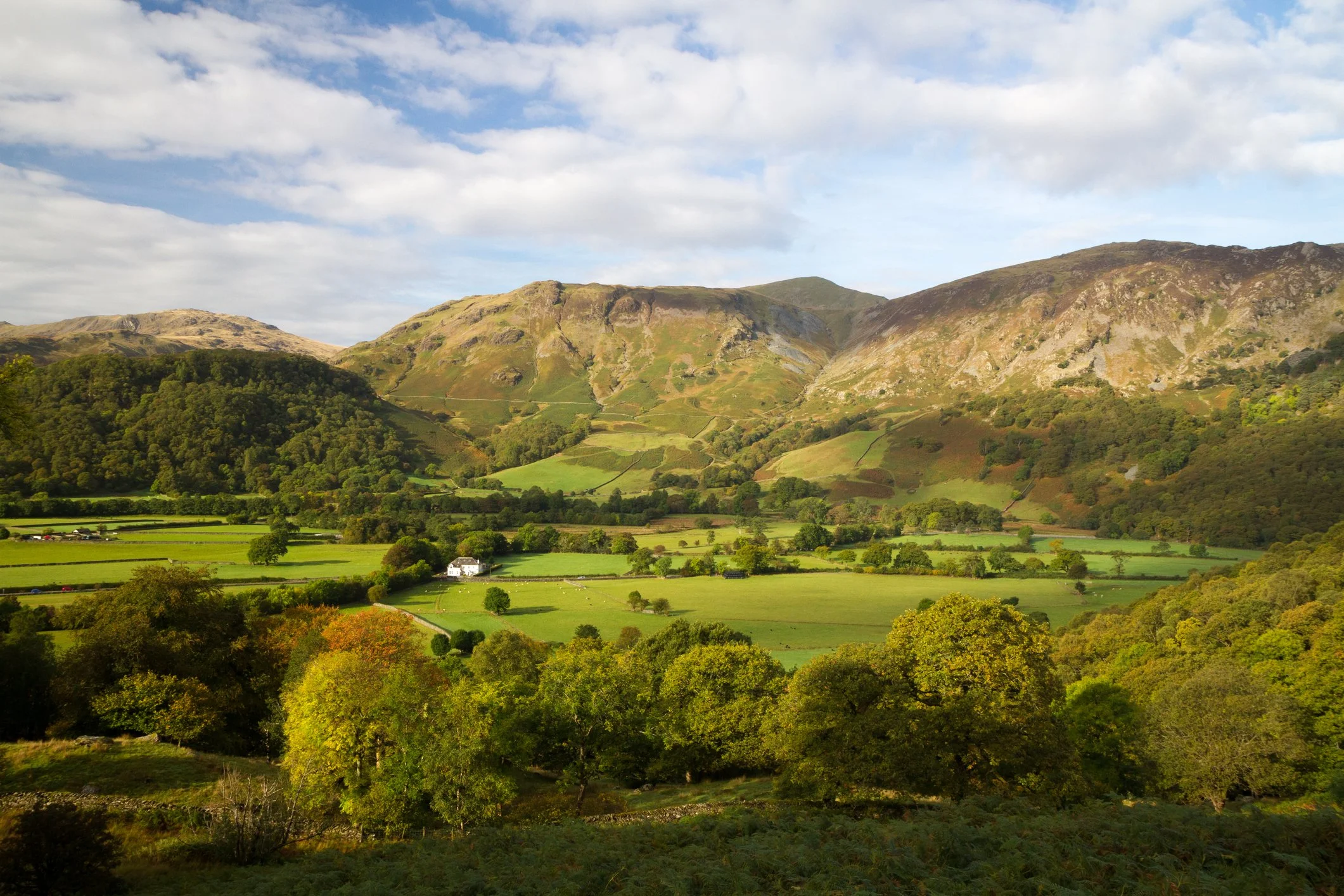



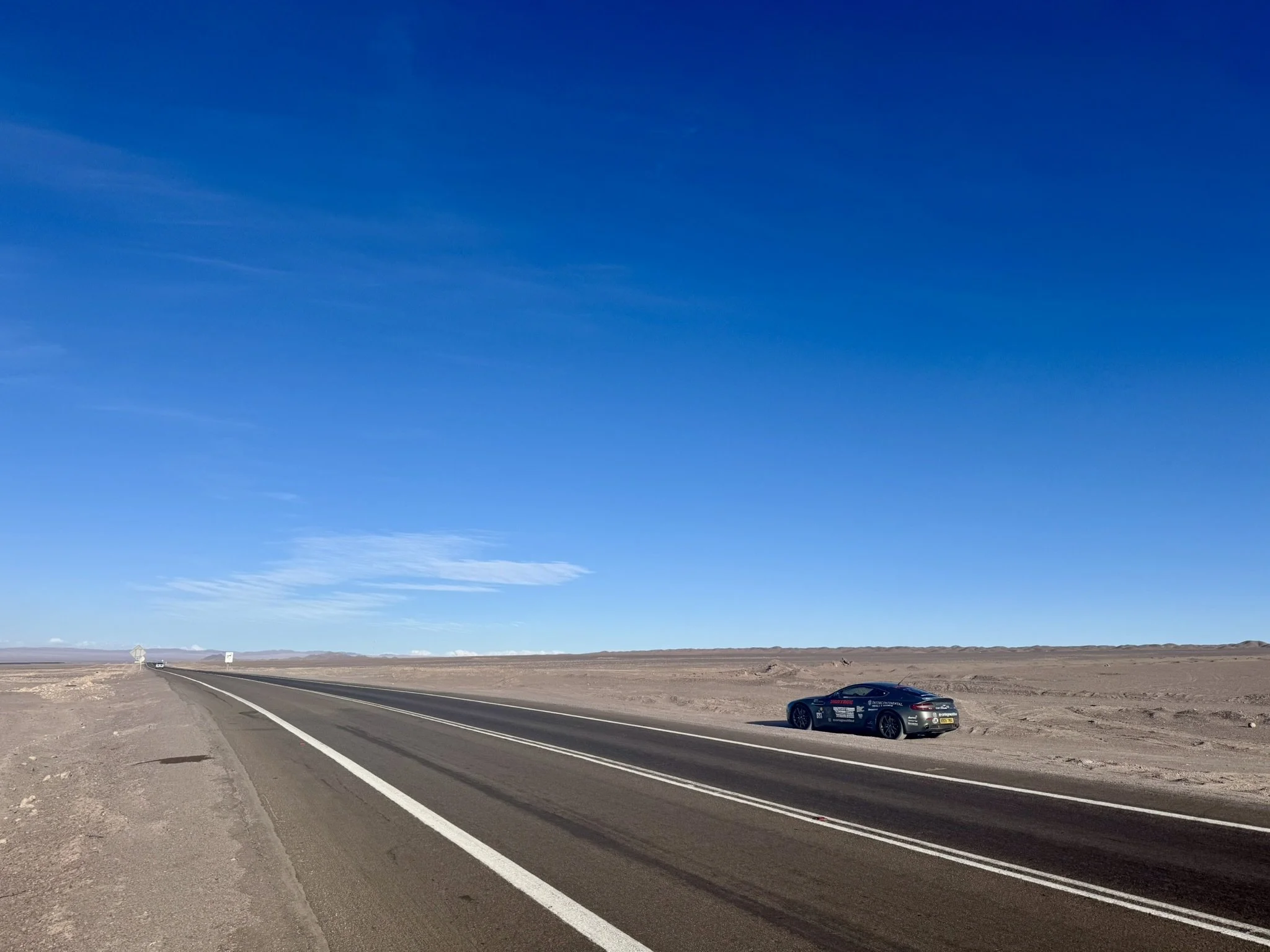

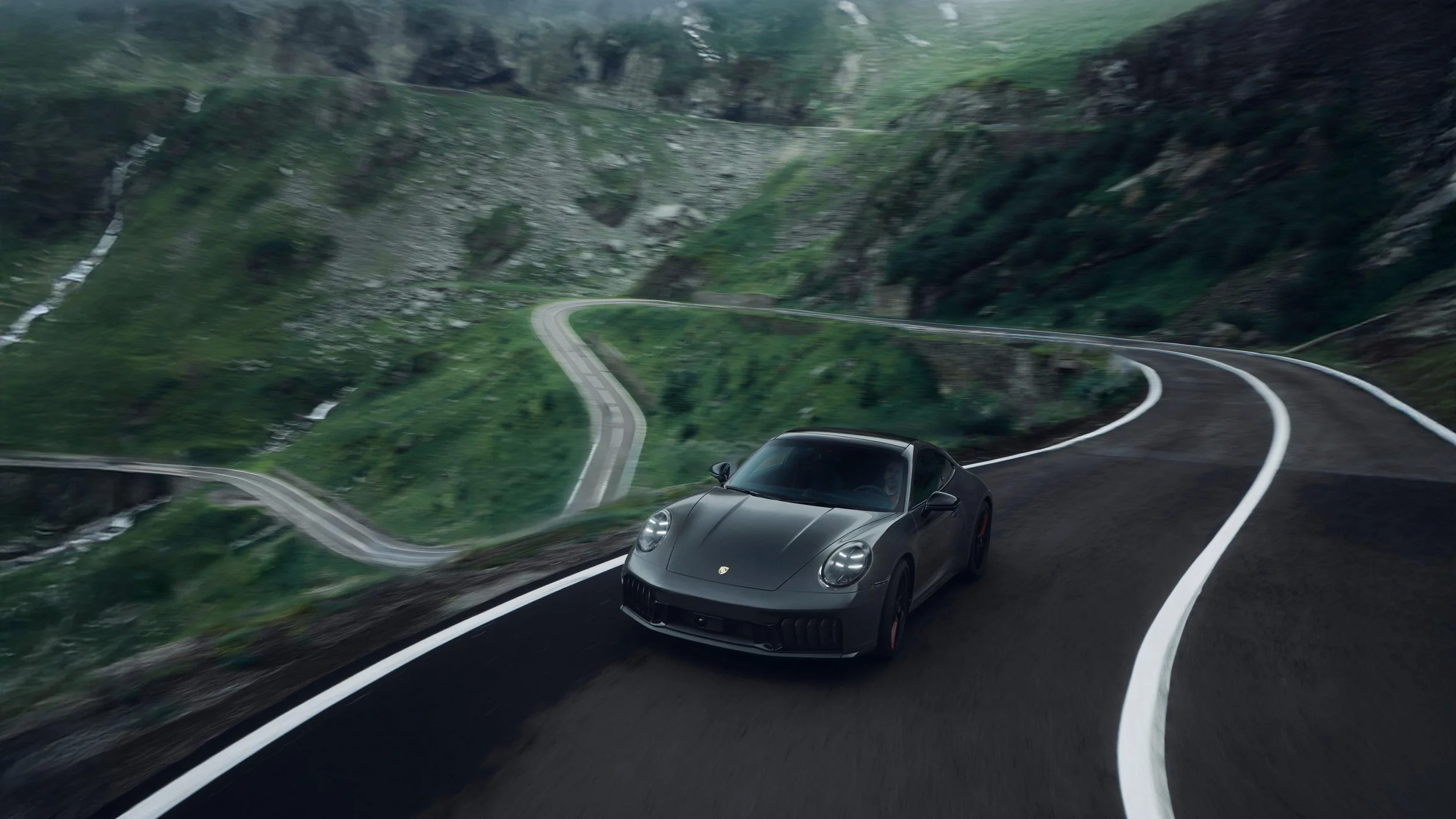

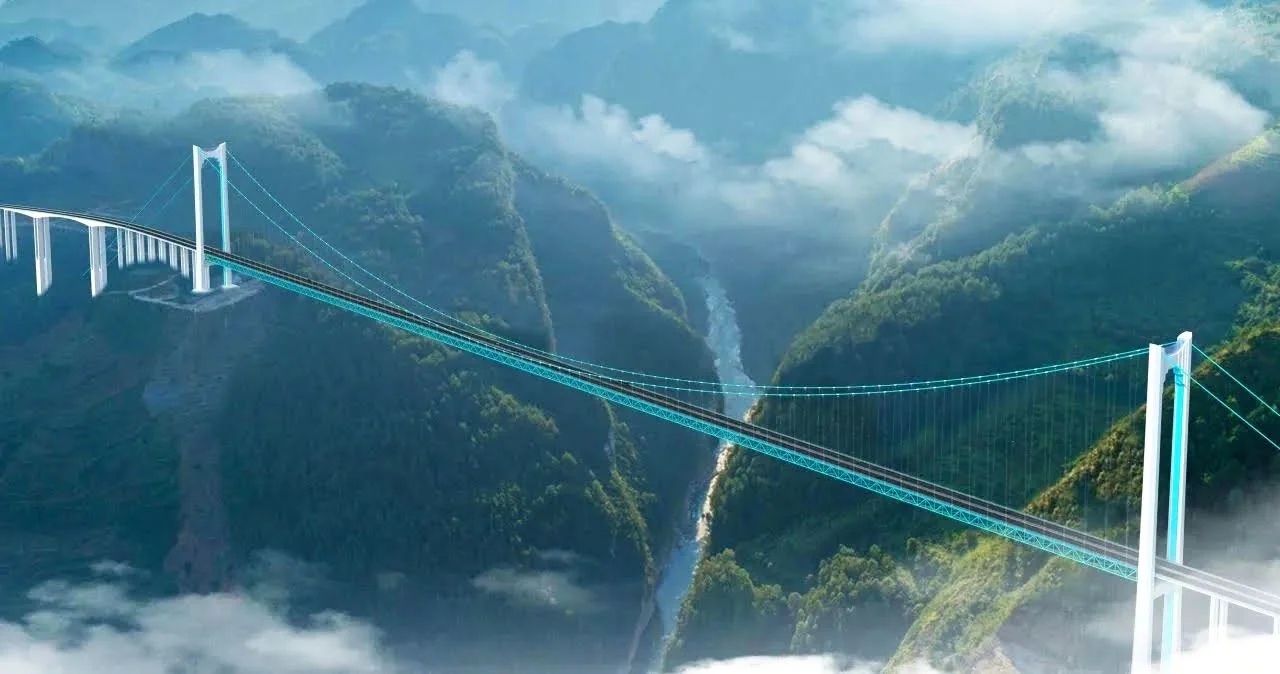
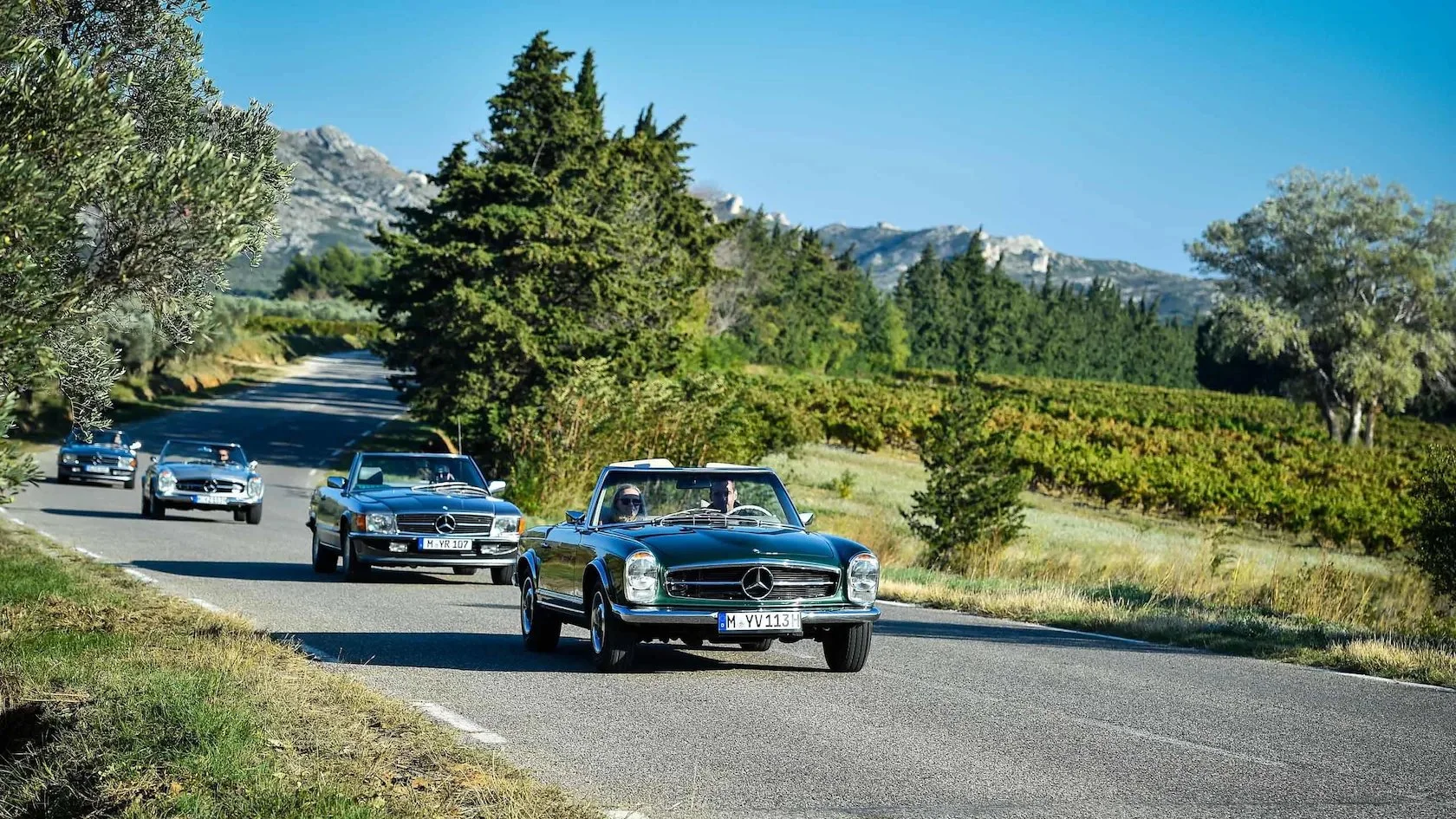



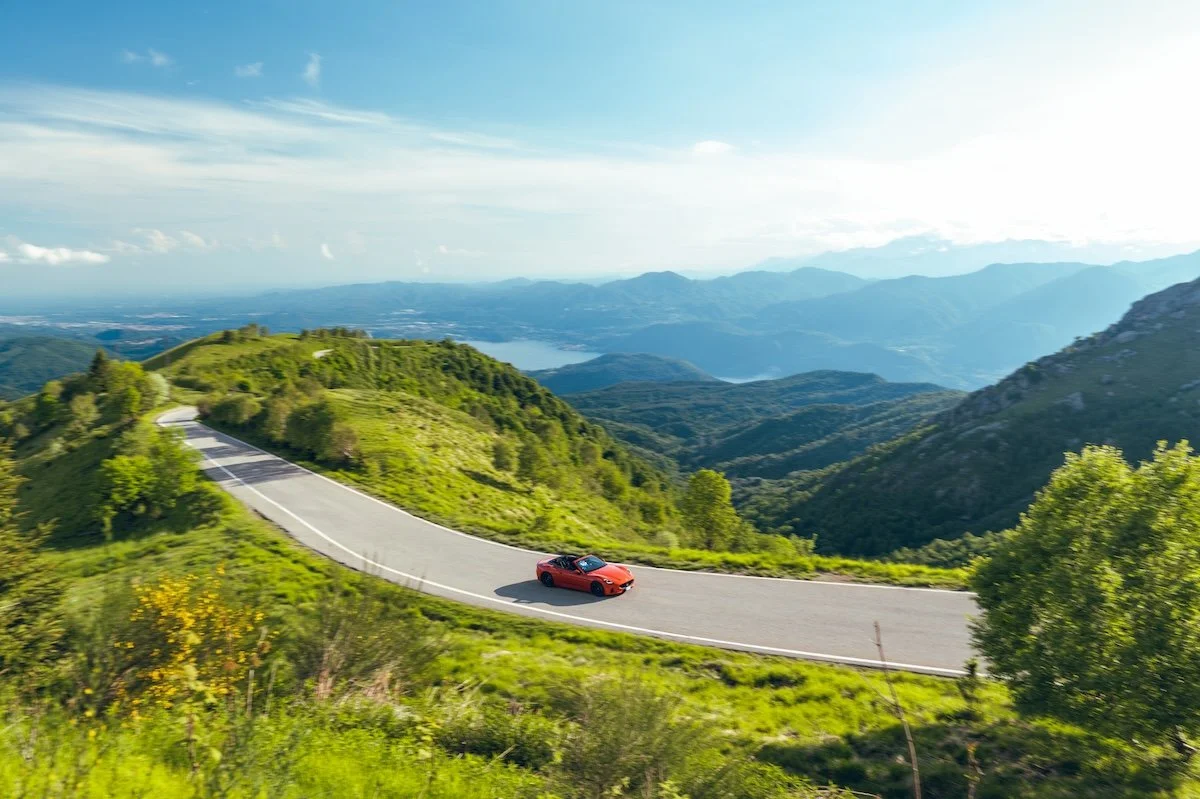
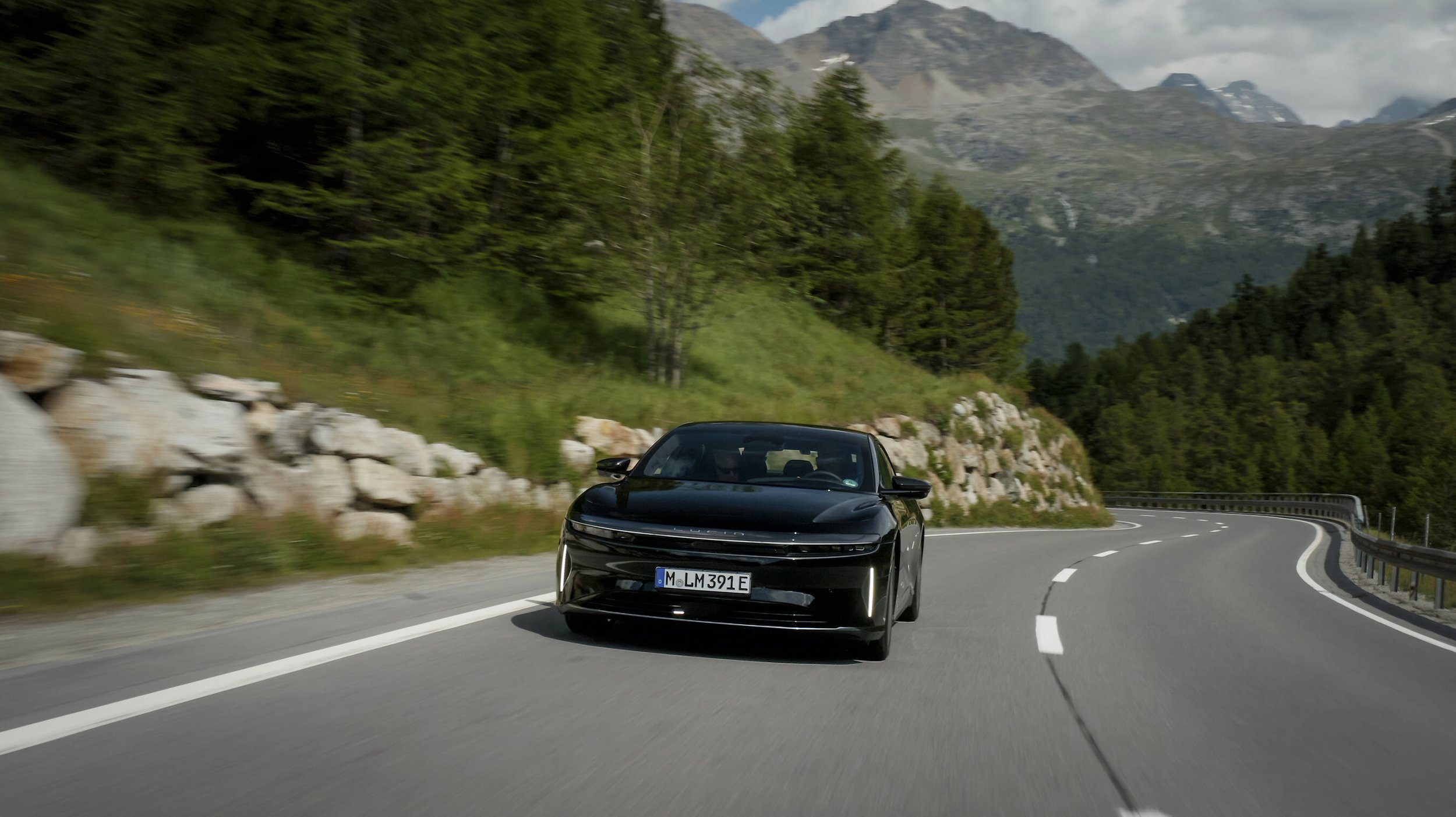
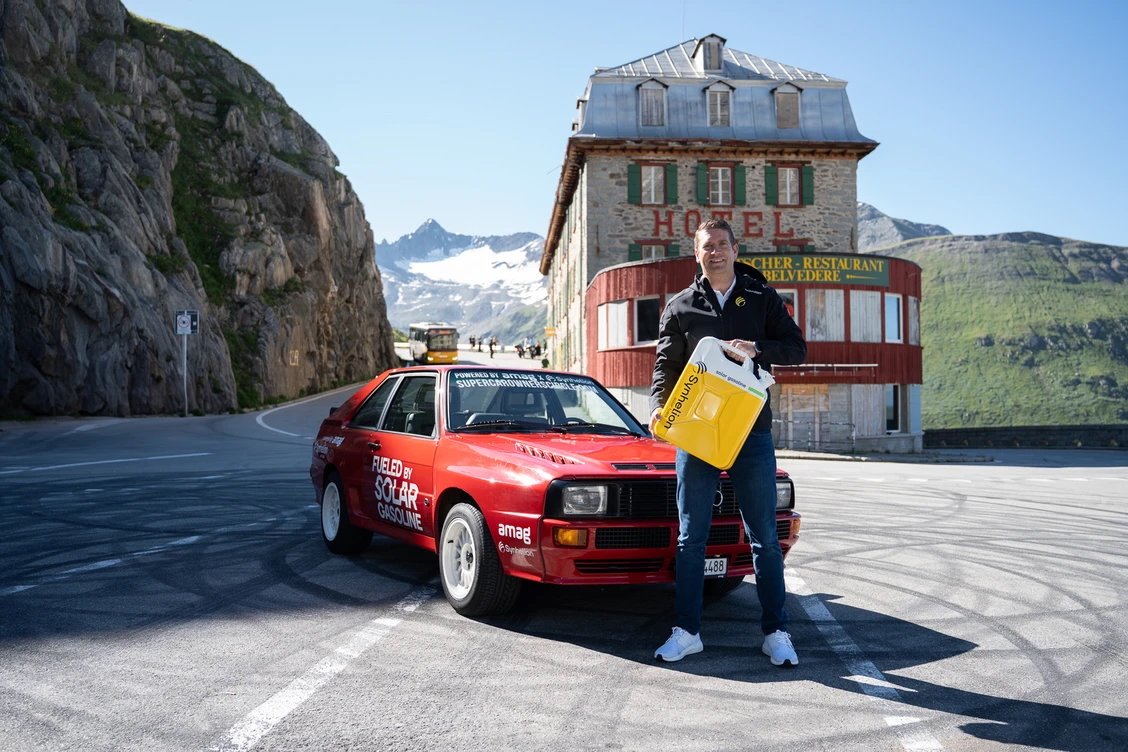












Two centuries ago possibly the most famous mountain pass… in the world was completed.